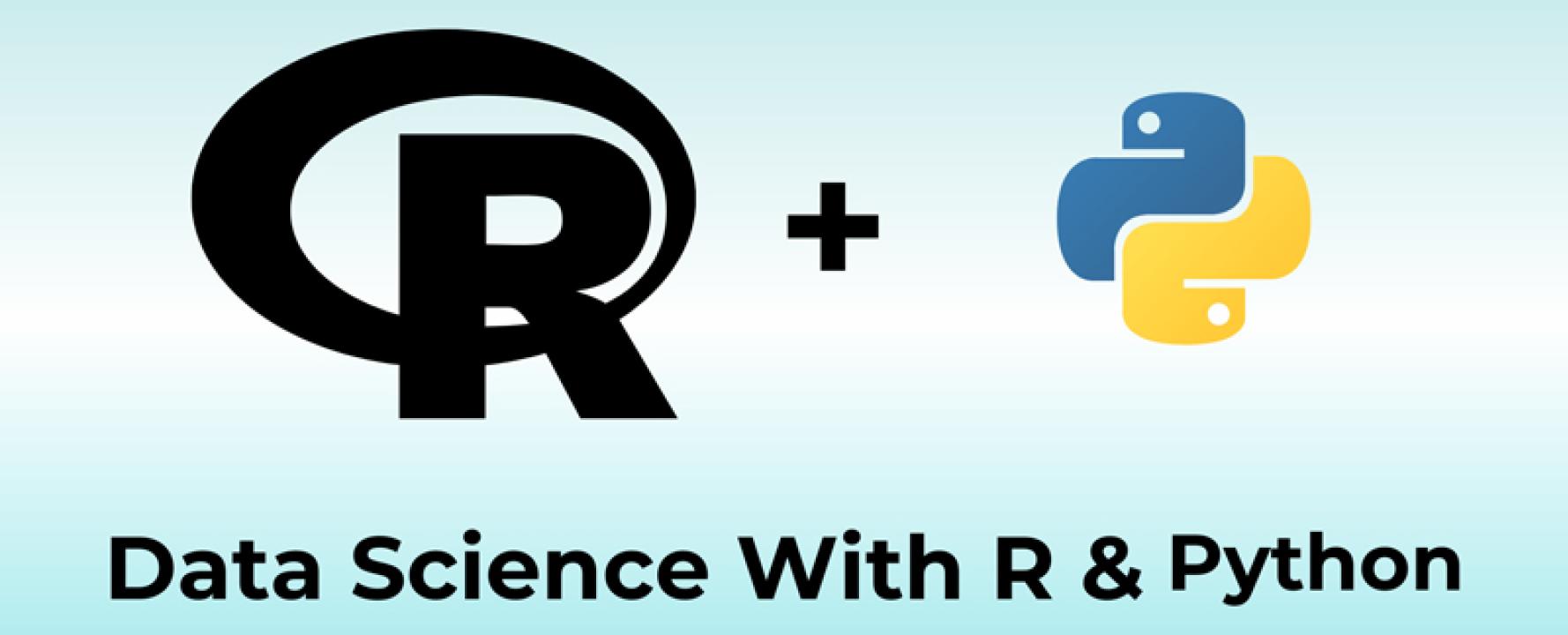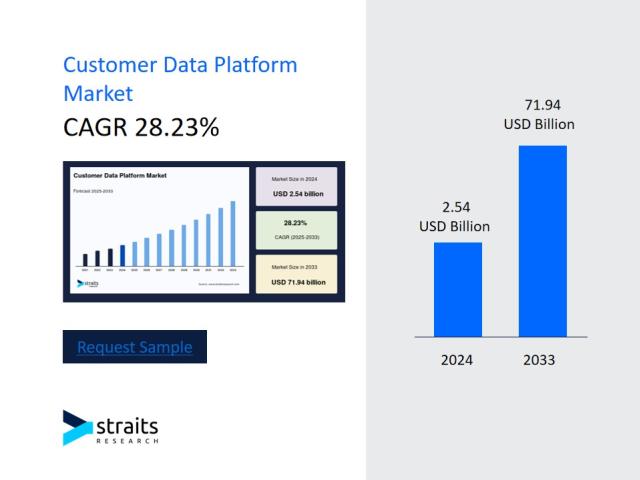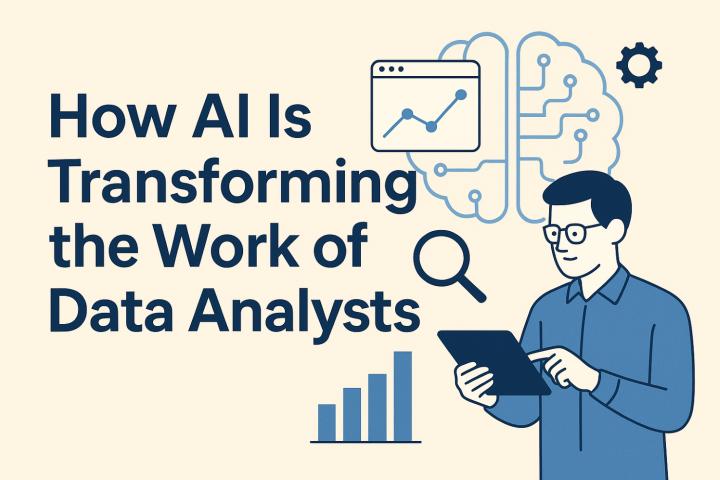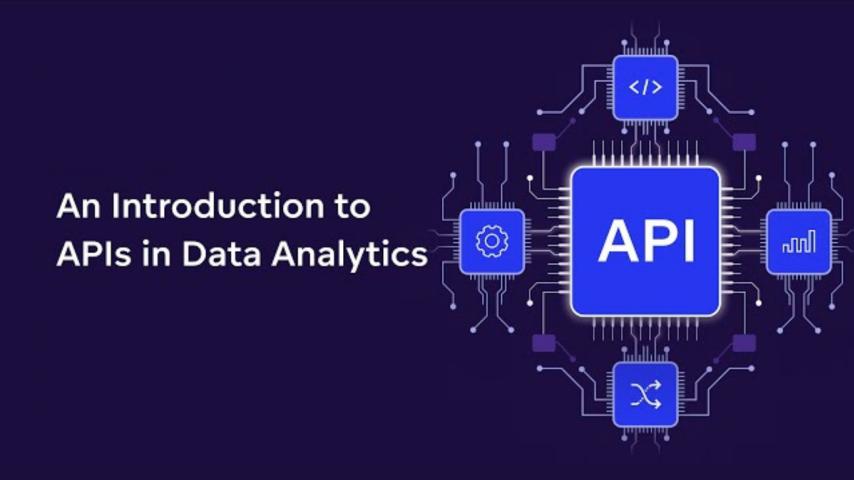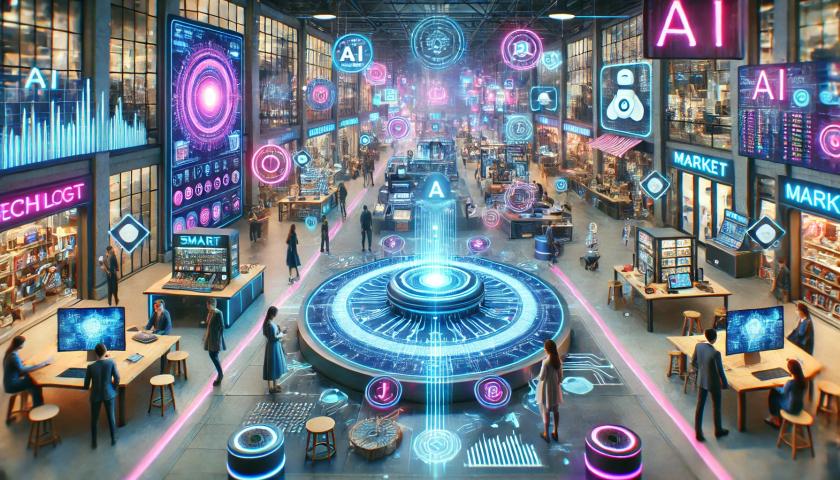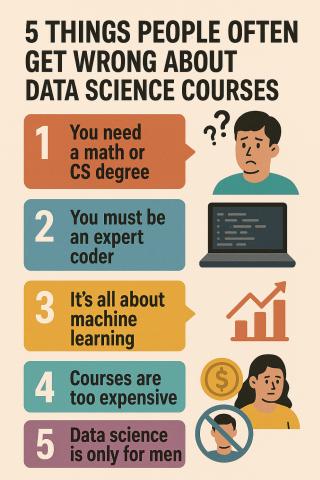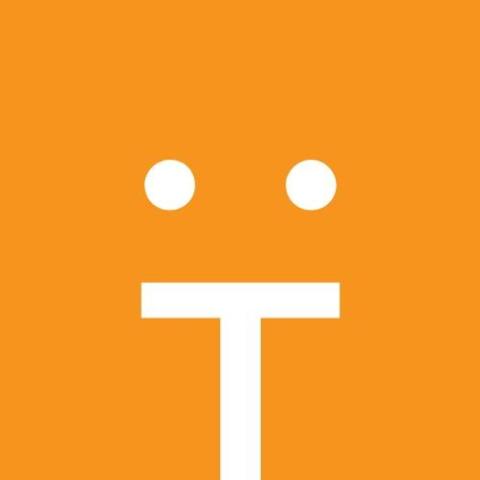Data Science has emerged as one of the most sought-after fields in the modern tech world. Programming languages like Python and R play a crucial role in empowering data scientists to manipulate, analyze, and derive insights from data. This article explores the essentials of Programming for Data Science training, focusing on Python and R, and why they are indispensable tools for aspiring data scientists.
Why Learn Programming for Data Science?
Data science involves more than just number crunching—it requires storytelling through data. Programming skills enable you to:
Handle large datasets efficiently.
Perform complex statistical analyses.
Create predictive models for informed decision-making.
Visualize data in meaningful ways.
Python vs. R: The Dynamic Duo of Data Science
Both Python and R have unique strengths. Here's a quick comparison:
Python: The All-Rounder
Ease of Learning: Python’s simple syntax makes it beginner-friendly.
Libraries for Data Science: Pandas, NumPy, and SciPy make data manipulation seamless.
Versatility: Suitable for web development, machine learning, and automation.
Community Support: A vast ecosystem ensures robust support and continuous updates.
R: The Statistical Powerhouse
Designed for Data: R excels in statistical analysis and visualization.
Comprehensive Libraries: ggplot2, dplyr, and caret are popular among statisticians.
Built for Researchers: Its rich statistical capabilities make it ideal for academic research.
Visualization Mastery: Advanced tools for creating publication-quality graphics.
Key Concepts Covered in Data Science Programming Training
1. Data Wrangling and Preprocessing
Learn to clean, structure, and prepare raw data for analysis. This includes handling missing values, outliers, and data normalization.
2. Statistical Analysis and Hypothesis Testing
Understand the foundations of statistical methods like regression analysis, t-tests, and chi-square tests. Both Python and R provide powerful libraries for these tasks.
3. Data Visualization Techniques
Master tools like Matplotlib, Seaborn (Python), and ggplot2 (R) to create insightful graphs and dashboards.
4. Machine Learning Basics
Training introduces machine learning algorithms like linear regression, decision trees, and clustering using Scikit-learn (Python) and caret (R).
5. Big Data Handling
Work with large datasets using Python’s PySpark or R’s integration with Hadoop.
6. Hands-On Projects
Apply your learning through real-world projects, such as:
Predicting customer churn.
Analyzing sentiment on social media.
Building a recommendation engine.
Benefits of Learning Python and R for Data Science
Industry Demand
Both Python and R are among the top 5 skills in demand for data science roles globally.
Career Versatility
Proficiency in these languages opens doors to various roles, such as:
Data Analyst
Data Scientist
Machine Learning Engineer
Business Analyst
Global Community and Resources
Access to extensive documentation, forums, and free online courses ensures continuous learning.
How to Choose the Right Training Program
1. Practical Exposure
Opt for a course that emphasizes hands-on projects and real-world datasets.
2. Comprehensive Curriculum
Ensure the program covers both Python and R, focusing on their core and advanced functionalities.
3. Certification
A recognized certification adds value to your resume.
4. Mentorship and Support
Look for training programs offering one-on-one mentorship and career support.
Conclusion: Why Now is the Best Time to Start
As data-driven decision-making becomes the norm, the demand for skilled data scientists continues to soar. Learning Python and R through a structured data science programming training program equips you with the tools and knowledge to excel in this dynamic field. Whether you’re a student, a professional looking to switch careers, or an enthusiast, this training can be your gateway to a successful career in data science.
Take the first step today and explore a Data Science Program in Noida, Delhi, Gurgaon and your locations in India that bridges theory with real-world applications, paving the way for your success in the field.
